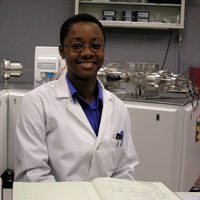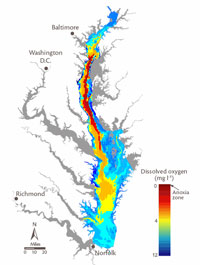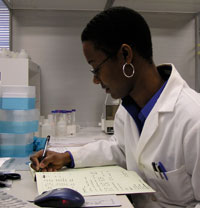
Meet Our Graduate Students
Marvourneen K. Dolor
Interesting Fact: Navigated ships, flew a plane, and was dropped from a helicopter all before the age of 23. “Do what likes you and don’t worry about what you like,” Marvourneen’s mother always told her and what “liked” Marvourneen was chemistry. It always came easily to her, so easy in fact that as an undergraduate at the United States Coast Guard Academy Marvourneen would treat herself to her chemistry homework as though it were a dessert! This ease of understanding paired with the motivation to leave a lasting mark on the scientific community has lead Marvourneen into research. Following Her Passion For Chemistry and Environmental Research Understanding the Chemistry Behind Marine "Dead Zones" Marvourneen is studying rhenium, which is scavenged by the marine ecosystem from the water column when the amount of oxygen in the system is very low or non- existent. Its concentration in sediment cores could thus be used to determine the extent of dead zones historically. However, before this can be done effectively the chemical form of rhenium present under oxygen reducing conditions must be determined. One of the main goals of her research is to experimentally determine the thermodynamic properties of rhenium-sulfur and rhenium-oxygen compounds in order to determine what compounds would be stable under reducing conditions. Advancing Her Career With Colleagues' Support Marvourneen chose to pursue her graduate degrees at the University of Maryland because of the reputation of the faculty and the great community and resources that support research here. Marvourneen is proud to be part of the NOBCChE (National Organization for the Professional Advancement of Black Chemists and Chemical Engineers) student chapter here at Maryland, which she helped to get off the ground by serving as one of the first presidents of the organization. After completing her PhD, she hopes to join either a research institute or an environmental consulting firm in the United States, Canada, or Europe. Visit the NOBCChE (National Organization for the Professional Advancement of Black Chemists and Chemical Engineers) website. Visit the Department of Chemistry and Biochemistry website.
|
[an error occurred while processing this directive]
![]()
| Prospective Graduate Students |
College of Chemical & Life Sciences * University of Maryland * College Park, MD 20742

